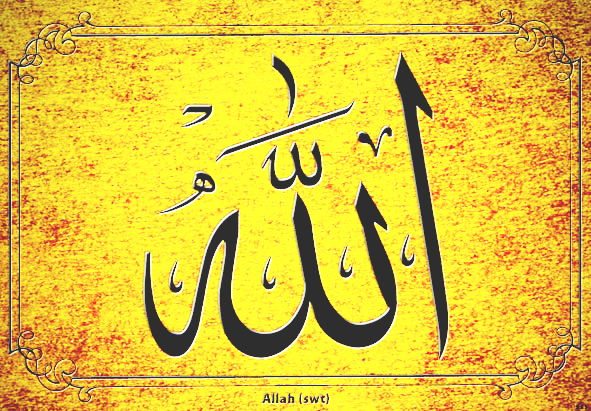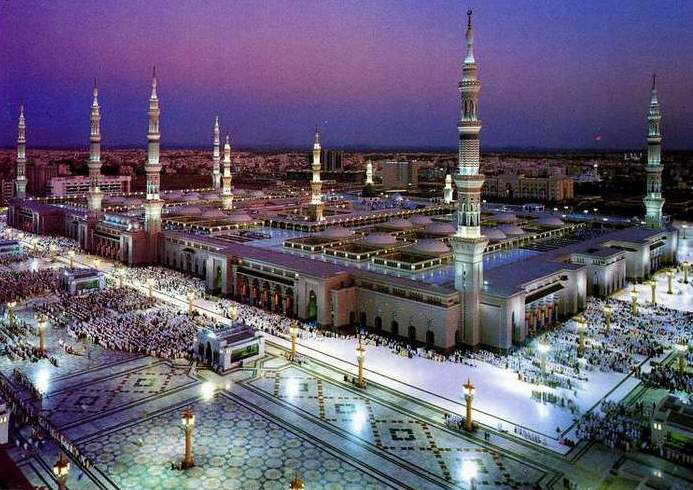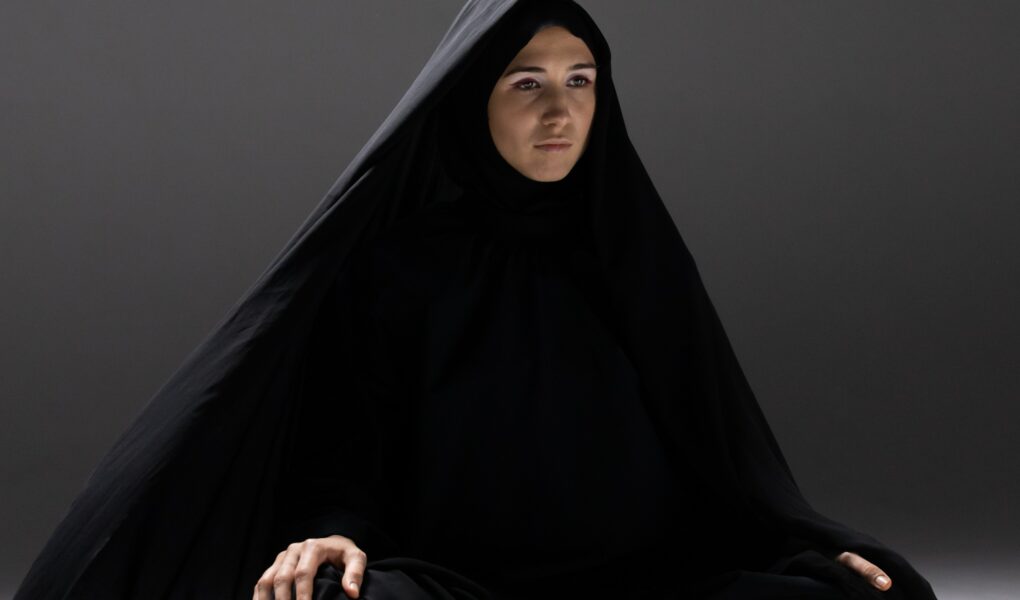Islam from Mohammed to Rumi
Author: Gabriele Quinque
Discussions about Islam mostly revolve around superficialities and external aspects. Few deal with the actual contents of the third great monotheistic religion. But those who do reveal the depth and beauty of the Muslim message, tell of a unique devotion to God, recognize similarities and differences with Judaism and Christianity, and sense Islam’s strong desire to place life in the service of God.
Our consideration under the banner of Islam doesn’t mean to dwell on burqa variations, nor to follow widespread fears. I am certainly not an expert on Islam; there are enough of them in the media to speak out. What is missing in the reporting, however, is to look at the content for once instead of constantly arguing about forms. It will be more important for us here to look at the core ideas and even the beauty of this religion, independent of all misunderstandings – and this without any missionary task. I am a Christian and not a Muslim, yet I love to eat falafel! From the tradition to which I belong with all my heart, I know myself obliged to tolerance towards all religions. To be able to really live tolerance, one needs some knowledge.

The lettering Allah represents God in male and female form.© iStock by Getty Images
The writing Allah represents God in both male and female forms.
The word Islam means devotion to Allah, surrender to the will of God. Prophet Muhammad was born in Mecca in 570 and died in Medina in 632. He is considered the founder of Islam because he received the Koran as the word of Allah to mankind from the archangel Gabriel on Mount Hirã. Muhammad is called the seal of all prophets because, according to the Muslim view, the Almighty gave him the final instruction of the father religion that has existed since Adam.
The followers of Islam call themselves Muslims, that is, those who submit to God, derived from Islam.
THE IMAGE OF GOD IN ISLAM
La ilah illa allah
There is no God but the Almighty
In this formula, we encounter in Islam an even stricter monotheism than that cultivated in Judaism. In the Jewish context, too, God has remained completely imageless; Moses beholds the splendor of the Almighty on Mount Sinai; he sees neither His form nor His face. Mohammed took up the Jewish idea of the indivisible God again in the 7th century after Christ. Muslims try to teach Christians by claiming that God is not threefold, but remains his own unity for all eternity. The world is his creation, but he does not manifest himself. One insists in Islam on the image of God beyond all form, thus on the metaphysical God. For Islam, the moon rises to a cult symbol, but remains fully hidden in a mysterious veil. In Christianity one worships the sun logos and demonstrates this with the monstrance, which is represented in solemn manner in the liturgy.
There is another essential difference between Islam and Christianity: Muslims see in Jesus only a prophet, a messenger, but not the Son of God, and certainly not the incarnation of the idiom, i.e. the incarnation of the Word, the Logos.
The Muslim sees a sacrilege in proclaiming that God came into the world as the son of a carpenter in Nazareth. For him, this removes the All-One from his supernatural majesty. He is unsurpassable in his being, in everything and anything. The idea of an earthly birth of the Godhead denies for the Muslims the nimbus of exclusive holiness of Allah. They do not value the Christian aspect of the New Covenant, the reconciliation between man and God. Here, the Muslims go along with the Jews and their scribes up to Saul, who completely negated this idea of the sonship of God and only became Paul after his Christ-appearance in Damascus and became completely absorbed in the incarnation of God. This representation is not completely new, also the Hindu Krishna and the Egyptian Osiris walked the earth as deity.
The completely new thing in Christianity, however, is the equality of man and God to be strive for. And just such an option, the Muslim consideres as an unforgivable sacrilege.
SUFISM – THE ESOTERIC CURRENT
The Sufi symbol of the winged heart is similar to that of the winged sun of Western mysticism, derived from past Egyptian and Persian mysteries.
Cases are about the proverbial elevation of hearts. The Persian poet Jalal ad-Din Muhammad Rumi (1207-1273) from Khorasan left an extensive collection of poetic Sufi poetry. From it recruited the esoteric current of Islam. His work Diwan alone contains about 25,000 verses. Rumi’s core message consists of comprehensive love, for which he cites many parables. Rumi symbolically praises the sun for this. Since Islam follows the rhythm and the discernment of the moon, Sufism complements it as a solar form of expression, but meets resistance from the Imãme, the preachers.
Read the first and second suras to discern the tenor of the Koran. Pay attention to the possible contradiction, which must lead to insurmountable consequences in such people who do not grasp the sameness in any religion and interpret the text concretely. Such an inability sometimes also haunts Christianity, but it showed itself in radical consequence only in the Middle Ages. For the Muslims, the Godhead is purely metaphysical, but already here in the first sura it intervenes in the personal in human action. This great incompatibility finds no thematization on the part of the believers.
1st Sura, The Opening
- (Bismillah) In the name of Allah, the All-merciful, the Merciful!
- All praise is due to Allah, the Lord of the Worlds
- the All-merciful, the Merciful
- the Ruler on the Day of Judgment!
- Thee alone do we serve, and Thee alone do we ask for help.
- Guide us in the straight path
- the way of those to whom Thou hast shown mercy, not the way of those who have provoked Thy wrath, and not the way of those who go astray.
Mohammed could neither read nor write. But the angel nevertheless made him recite, that is, read aloud. He was able to pronounce all the characters that Gabriel showed him. In this we encounter a kind of Muslim variant of the Pentecostal experience. When he had recited, he stepped out of the cave into the open air with Gabriel and was shocked and awestruck by the incomprehensible splendor of the angel. Then the angel of the Lord said, “Muhammad, you are the messenger of the Lord, I am Gabriel.”
Completely beside himself, he returned to his wife Khadidja after this experience. She immediately realized that a revelation had come to him. Muhammad then fell into great rapture and received the angel’s instruction. Like a medium in ecstasy: trembling, sweating, falling down. Muhammad soon assumed his prophetic office and attained great fame. The eyes of Gabriel followed him everywhere from now on, he could not be separated from him. He taught the people for 22 years. When he was 49 years old, Khadidja died, and he intensified his proclamations. He took leave of Mecca, first wandered about and then settled in Yathrip. Later, this city was renamed Medina, which means City of the Prophet.

The mosque in Medina© iStock by Getty Images
The Muslims built a huge mosque there in his honor. The mosque in Medina is an incomparable sanctuary in honor of Allah, both inside and out. Not only the built-up area, but also the inner beauty of the forecourts and places of prayer captivates visitors with perfect aesthetics and inspires reverence for the glory of Allah. Everything Muhammad said was written down, and after the passage of about four generations of caliphs, the Koran was composed and canonized, that is, unified and ordered.
 About the author
About the author
Gabriele Quinque, author and seminar leader since 1987 in the fields of occidental mysticism, hermetic philosophy and ancient mythology. Since 1989 she has been accompanying clients in the temple sleep, a new concept she developed. Books: Temple Sleep – Basics of Trance Work, On the Alchemy of the Rosicrucians, Splendor Solis – The Purple Bath of the Soul. She is a founding member of the FMG Circle of Sponsors of Mythological Thought.
Contact: www.gabriele-quinque.de
This article was originally published on the German Homepage of Tattva Viveka: Sonne, Mond und Schleier




